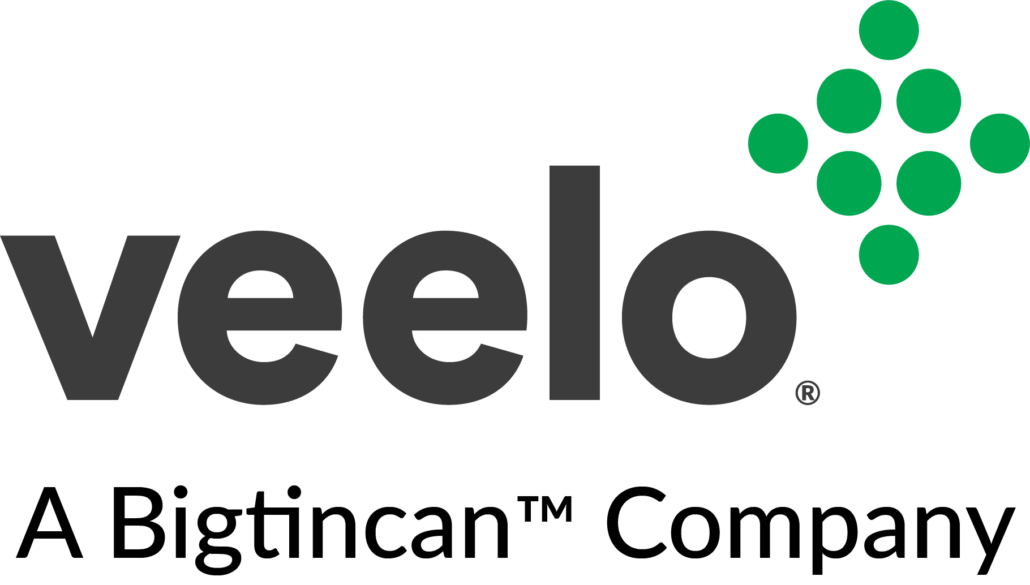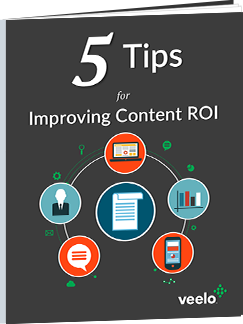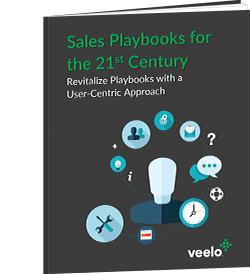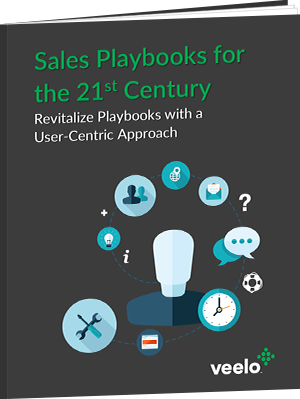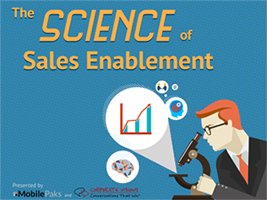It’s All About the Timing
We hear it about relationships all the time: “the right thing at the wrong time is the wrong thing” (Joshua Harris). Harris, a relationship author, posits that romance is hugely dependent on timing- both in terms of the life stage two people are in, as well as pure circumstance in their meeting. What we don’t hear as often is this theory applied to Marketing/Sales.
The comparison between romance and marketing isn’t, however, a big stretch; both are about establishing a connection and moving a relationship forward. Just as proposing to someone on a first date is inappropriate, dropping Sales content at the top of the funnel is likely to scare off your prospect. The nice thing about wooing someone in a Marketing context, though, is that there are tools to aid your timing. If only such tools existed for dating…
Arming your sales reps with the most relevant content, reference aids, and training at the proper stage in the sales cycle is essential for conversion and loyalty. This is where relevance tools come in. They provide real-time content recommendations to sales reps based on transactional data, e.g. prospect title, sales stage, and transaction type. Using this data, the tool will automatically recommend the most relevant reference materials and marketing collateral to sellers from within the CRM.
Just as relevance tools help Sales time relationship building with prospects, they also help get sales reps up to speed quickly by providing them with the necessary material at the right time. Instead of inundating reps with information and content in their first few days or weeks, relevance tools act on an assumption of continued education. People are more receptive to particular points and pieces of information at different times; you need to be able communicate content effectively at a stage when one is most receptive. Learning is most powerful when you can immediately apply it, boosting retention up to 60-90%.
Furthermore, relevance tools recommend marketing content for Sales reps to use at different stages in the buying cycle, so that not only are they getting the best content at the right time, but so are the prospects. The value of relevance tools are twofold: Sales reps are more informed and capable, and prospects receive content that is relevant to their stage in the buying cycle, position, and company. Right content at the right time. Learn how to use relevance tools along with other techniques to improve content ROI with our brief on the subject.
